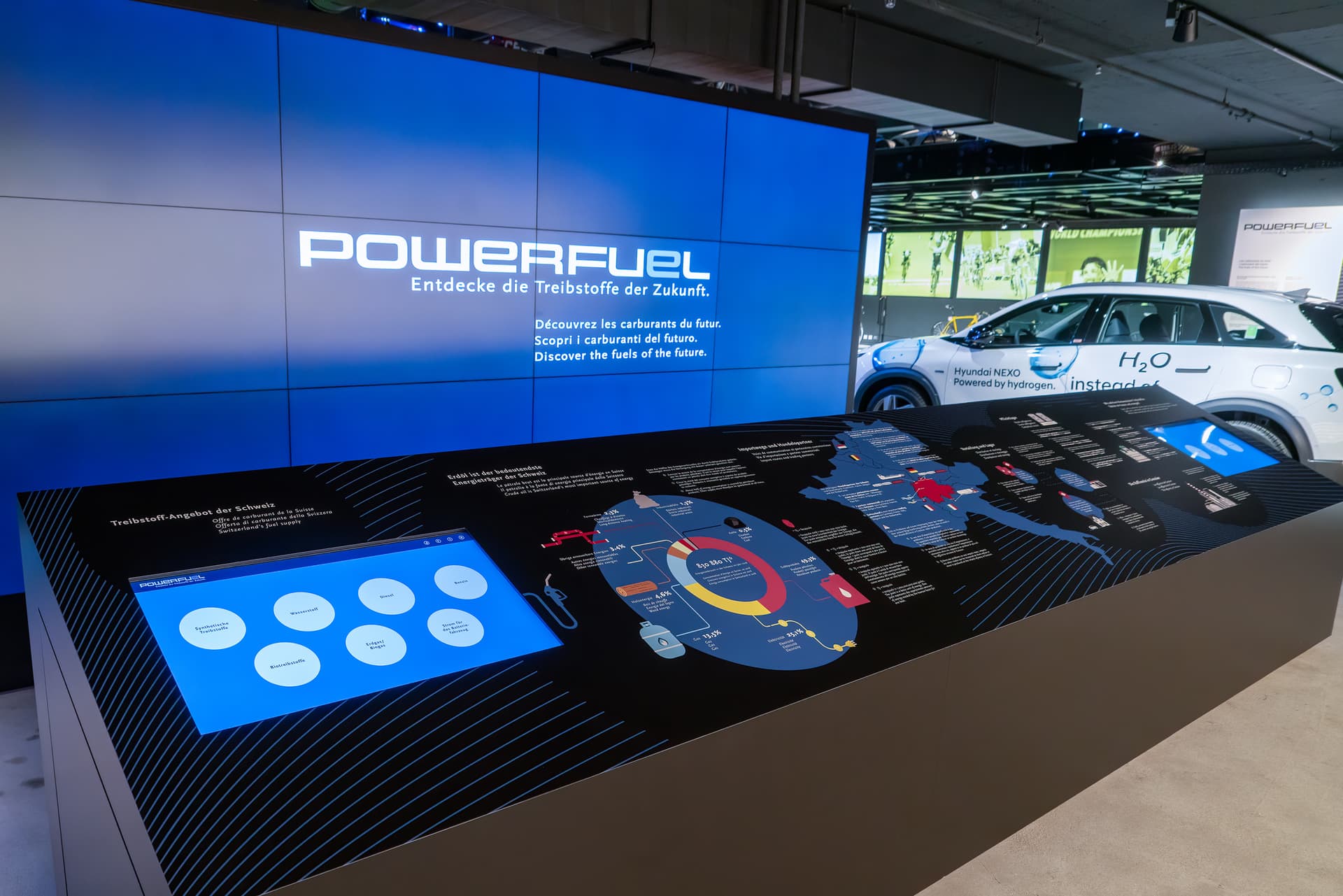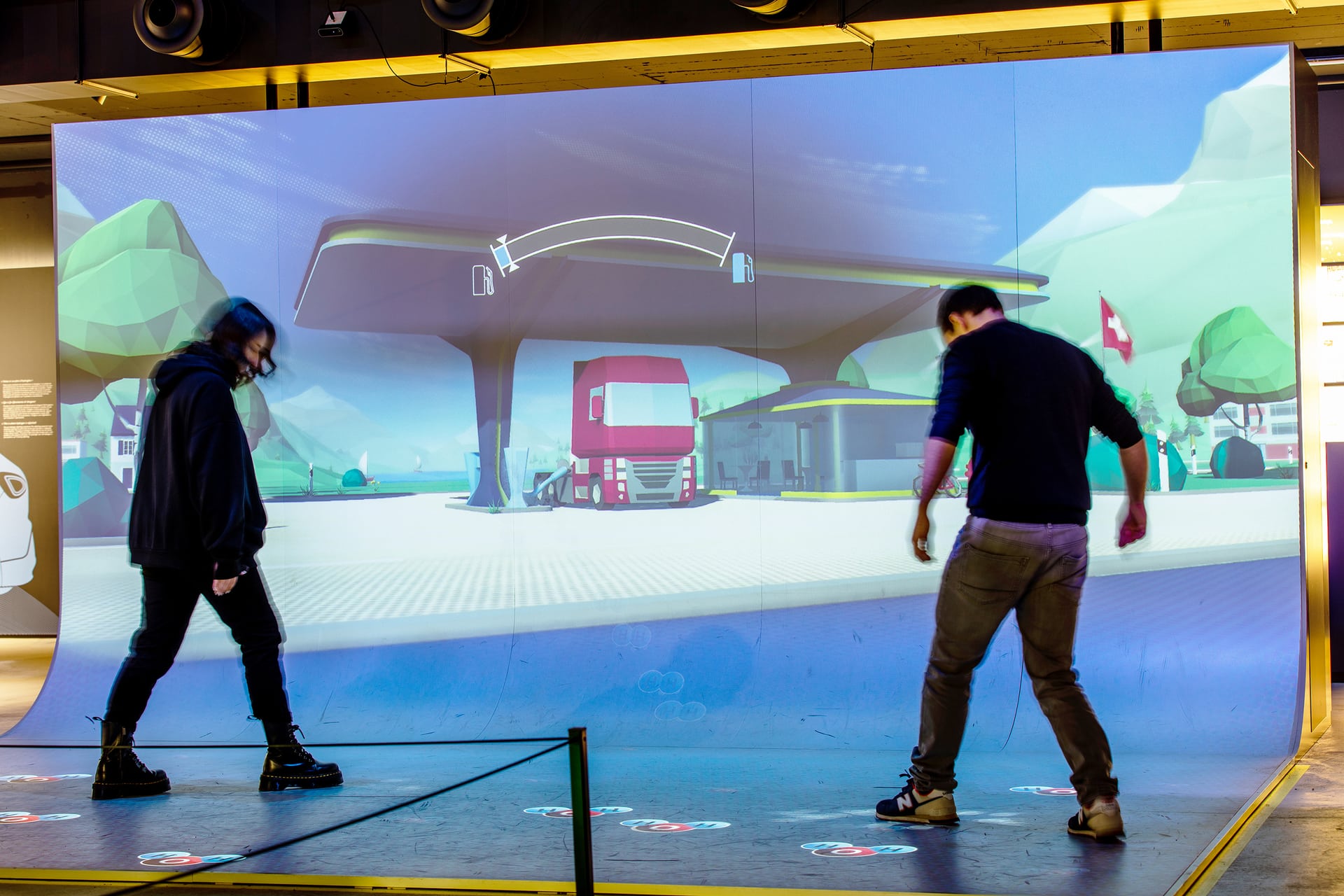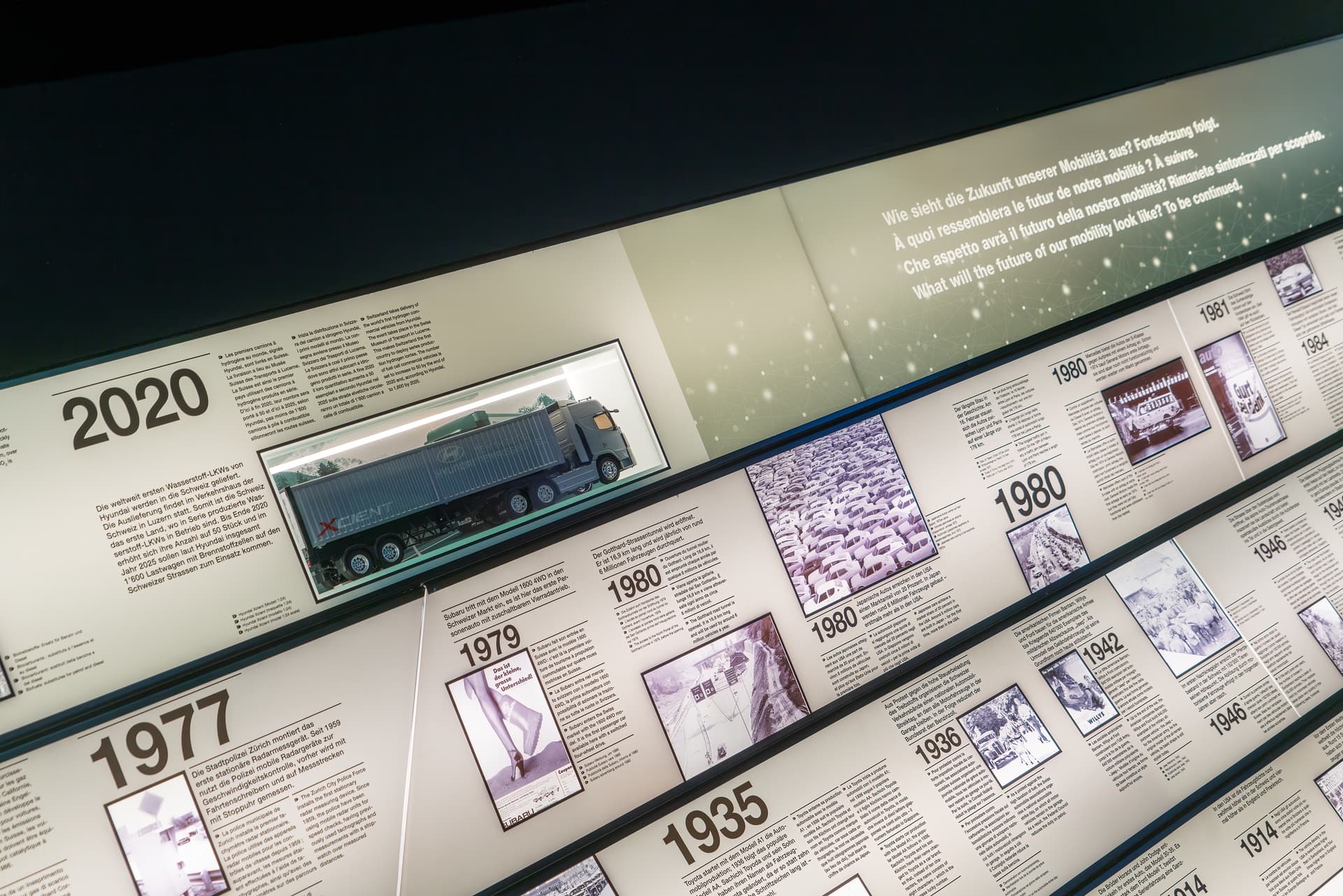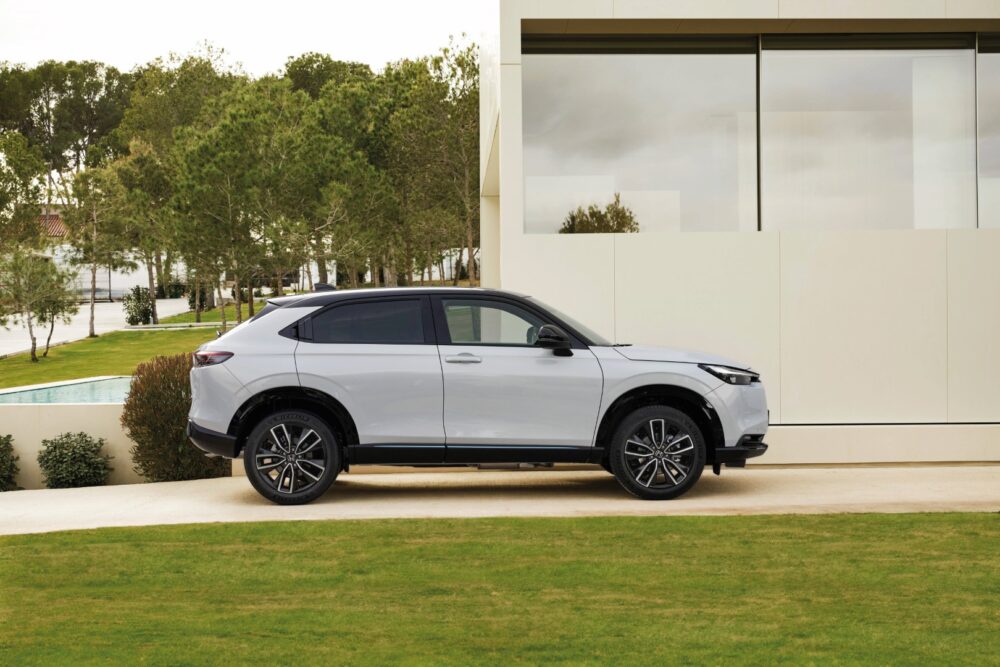Museum of Transport: How the Hyundai Nexo works 🎥
WHERE TO MEET Together with its partners Avenergy Suisse, Empa Dübendorf and Hyundai Switzerland, the Swiss Museum of Transport in Lucerne answers questions about sustainable fuels of the future in a permanent exhibition. The new Powerfuel theme island at the Swiss Museum of Transport provides answers to questions about fuels of the future. Individual mobility is undergoing rapid change, moving toward ever [...]
The new Powerfuel theme island at the Swiss Museum of Transport provides answers to questions about fuels of the future.
Individual mobility is changing rapidly, toward ever more energy-efficient solutions. And with it, the associated infrastructure, including filling stations, is also changing. The goal of reducing CO2 emissions by means of technical developments is only possible with a diversification of fuels.
What is the status of hydrogen mobility? How does a fuel cell vehicle work? How are liquid synthetic fuels produced? Where does Switzerland get its fuel from?
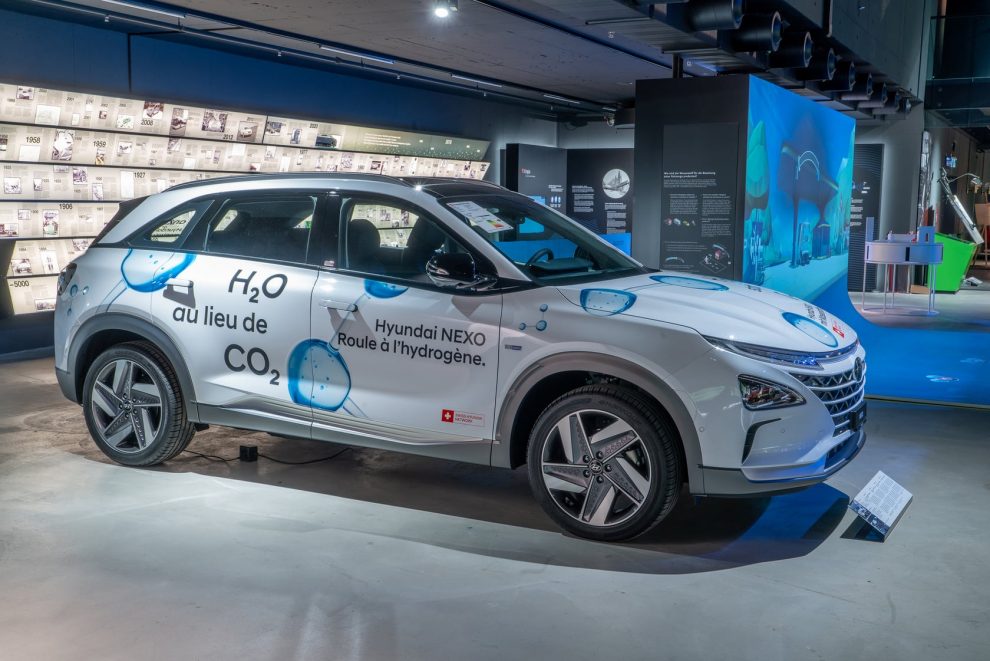
Theme Island Powerfuel in Hall Road Traffic
The new Powerfuel theme island in the Road Transport Hall of the Swiss Museum of Transport provides answers to all these questions. The first hydrogen-powered rail vehicles and aircraft can be seen on an XXL screen.
On a large interactive play area, young and old can use their bodies to refuel a vehicle with climate-neutral hydrogen by splitting virtual water molecules into hydrogen and oxygen with their feet. They can also take a step into the future of fuel.
A Hyundai Nexo Fuel Cell vehicle is available, and the refueling process can be experienced on a simulator. The Hyundai Nexo is an electric passenger car powered by hydrogen.
Fuel from surplus renewable electricity
To produce CO2-neutral fuels, surplus electricity from renewable energy sources must be used: for example, from solar plants, wind farms or run-of-river power plants.
This CO2-neutral electricity is used to produce the hydrogen, which is then processed together with CO2 into gaseous and liquid fuels, the synfuels. These have the advantage that they can be easily stored.
Synfuels can power conventional diesel and gasoline engines. Empa is implementing and investigating such concepts in its Move mobility demonstrator in Dübendorf and testing the production and use of these sustainable fuels in everyday life.
traffichouse.ch
hyundai.ch
empa.ch
avenergy.ch







